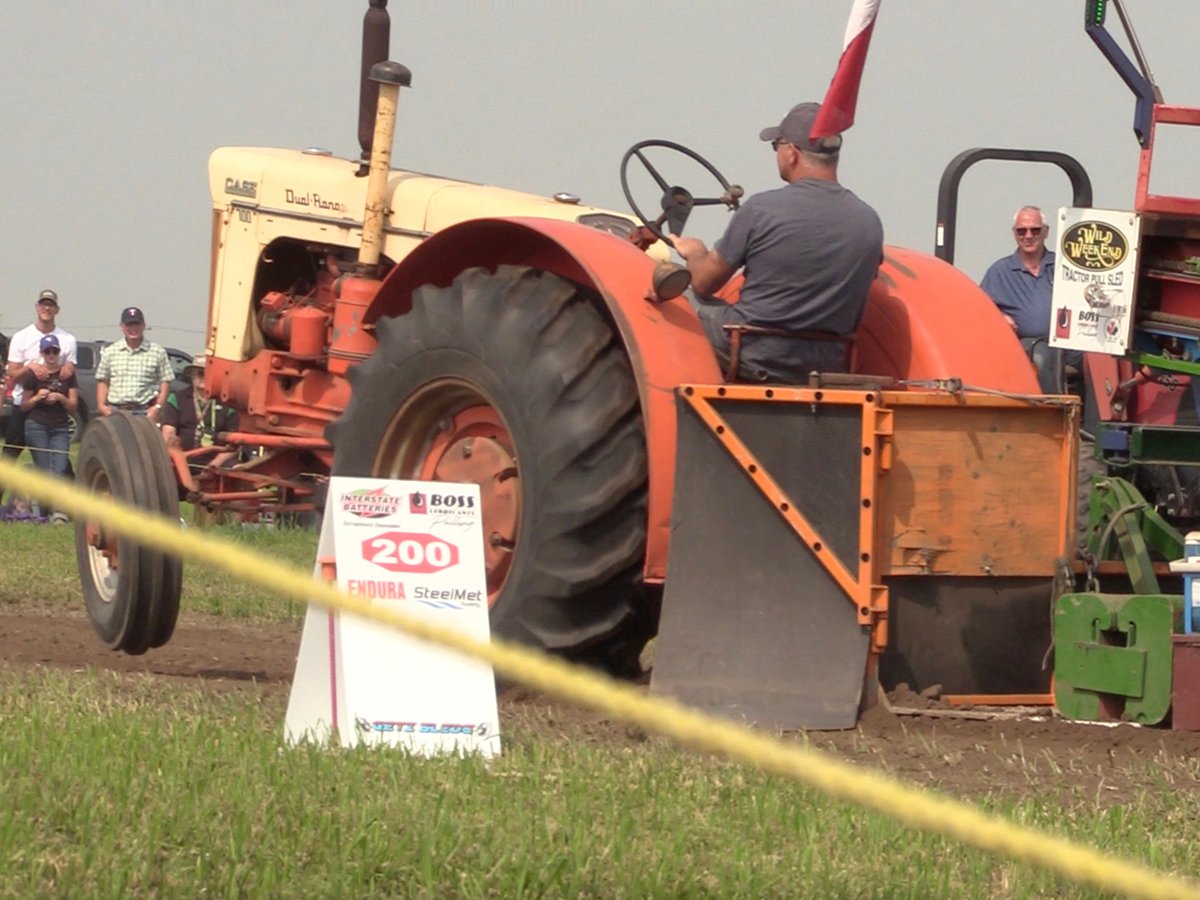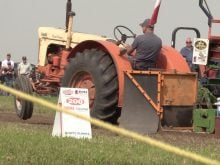Q: My wife works as a nurse in the emergency department. She does not discuss individual cases with me because of patient confidentiality, but she does say that it is always busier around Christmas and the New Year. Is this just because of parties and heavy drinking? Can you also warn people about snow blower accidents?
A: Increased alcohol consumption is one reason the emergency departments are busy at this time of year but winter accidents are another major cause. These range from a slip and fall on the ice to frostbite and hypothermia.
Read Also

Vintage power on display at Saskatchewan tractor pull
At the Ag in Motion farm show held earlier this year near Langham, Sask., a vintage tractor pull event drew pretty significant crowds of show goers, who were mostly farmers.
Falling backward on ice can result in a broken elbow or a nasty bang on the back of the head. A sideways tumble may result in a hip fracture in older individuals or those with osteoporosis.
Breaking a fall with an outstretched hand can result in a broken wrist or forearm. To prevent falls, wear boots with a good gripping soft rubber sole and slow down a bit.
Many people, especially teenagers, do not dress appropriately for cold weather. There are also more homeless people in emergency departments in the winter. They may simply be looking for somewhere warm to spend the night, or they may genuinely have a medical problem.
We all know about the risks to older people who shovel snow in low temperatures. They are more likely to get heart attacks.
On the other hand, shovelling snow can be less hazardous to your health than using the snow blower. A common snow blower accident is amputated fingers caused by a person trying to clean off the blades while the motor is still running.
Even wearing gloves is no protection because the glove is easily sucked into the machine and can drag the fingers and hand along with it.
Turn the snow blower off before cleaning it and wait for the blades to stop revolving. Use a stick or a broom handle to perform the task. Even electric snow blowers can be hazardous because running over a cord or cable can cause electrocution.
Be careful that no one is standing in the area where the chute is pointing since the machine can turn pieces of ice or rocks into dangerous missiles.
Do not let your children operate a snow blower. It is not just a matter of strength. Their judgment is not as good as adults and they are more likely to take dangerous chances.
Most people are sensible enough to check for thin ice before skating, snowmobiling or ice-fishing, but every year there are still some who take unnecessary risks.
I saw some kids standing on a patch of ice on the river recently when most of the river was still running water. The rule of thumbis that the ice should be at least 15 centimetres thick to support a pedestrian, or 22 to 25 cm for an all-terrain vehicle or snowmobile.
The thickness of the ice varies from place to place, so several holes should be made to test it in different areas.
Clare Rowson is a retired medical doctor living near Belleville, Ont. Her columns are intended for general information only. Individuals are encouraged to also seek the advice of their own doctor regarding medical questions and treatments.
















